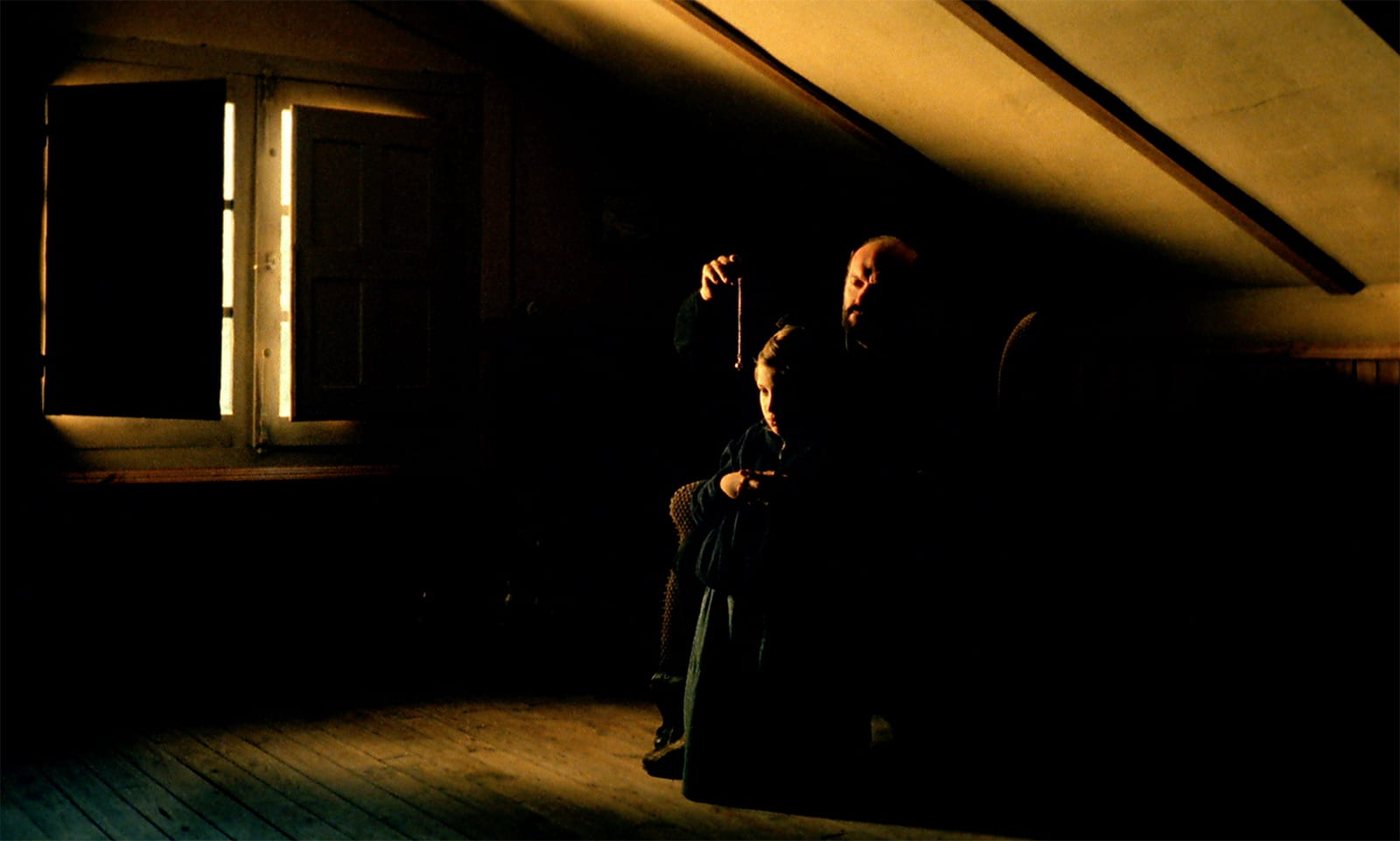El Sur: A Complete Incomplete Film

I have lost count of the number of times I have had the pleasure of watching El Sur, but I suspect it is among the films I have seen most frequently in my life. It is a treasure chest that reveals its contents slowly over the years. Since the film’s release in 1983—just a year after the Socialists came to power in Spain for the first time since its transition to democracy after the death of Francisco Franco in 1975—my country has changed. It can no longer be considered a young democracy. We find that our population now includes a young generation that detects signs of premature aging in our political system. There are also examples of cultural output from eighties Spain—a country anxious to exercise its civil liberties—that now appear old-fashioned, like anthropological artifacts that serve only to show us what we once considered modern. In Spain at that time, there was a stubborn need to envelop everything in an aura of happy modernity. Filmmakers, musicians, writers, and visual artists were all driven by the acclaim of audiences who participated in their frivolous, uncritical enthusiasm, and created an atmosphere in which pop art, and later postmodernism, won out over any other artistic style. The past did not exist. It was in this environment of voluntary amnesia that a film appeared that looked like no other. It returned us to the forties, but it did not in the least resemble any of the other films we knew that had cast an eye to that gloomy post–Civil War era.
A decade earlier, in 1973, Víctor Erice, El Sur’s director, had released his first feature, The Spirit of the Beehive, which was also received with great acclaim by critics and cinephiles, and also depicts the Spain of the forties (under Franco, it was much more common for artists to place their work in the past, in order to avoid censorship—which goes a long way toward explaining why the postregime artists of the eighties were so eager to embrace the present). From that first film, we knew that this filmmaker possessed a gift—that he could create an atmosphere of strangeness and mystery for his characters to inhabit that also enveloped us as viewers, because we recognized in it a Spain that had never before been shown on film in such a poetic way. We came to appreciate Erice’s ability to depict space—that endless landscape in which a character finds him- or herself abandoned between the sky and the barren land, a frequent visual motif in American films but rare in Spanish ones. We also discovered his skill in entering the complex and imaginative world of a child’s perspective. He knows how to portray the way children interpret the silences and secrets of their parents, which, in the Spain of the forties, just after the war, were numerous.

“Erice speaks to us of a time and place that have disappeared, or are about to disappear, and he does this by means of cinematography, the great popular art of the twentieth century.”






